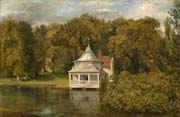John Constable
1776-1837 England/Romanticism
Click an Image to Enlarge
Boatbuilding

Stour Valley

Flatford Mill

chain pier brighton

stonehenge
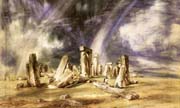
The Admiral's House
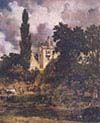
Flatford Mill
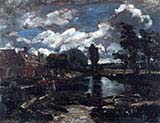
Helmingham Dell
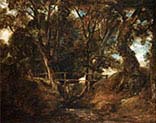
The Cornfield
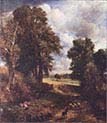
Lane near Flatford

Malvern Hall

The Lock

View of Salisbury

Salisbury Cathedral
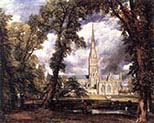
The Hay-Wain
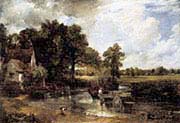
Willy Lot's House

The Leaping Horse
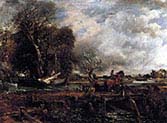
Weymouth Bay

Brighton in July

salisbury cathedral

Boat at the Sluice

Dedham Lock

Salisbury Cathredal

Dedham Vale

The Valley Farm

Opening of waterloo
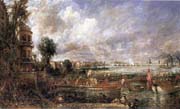
wivenhoe park

behind alresford hall
